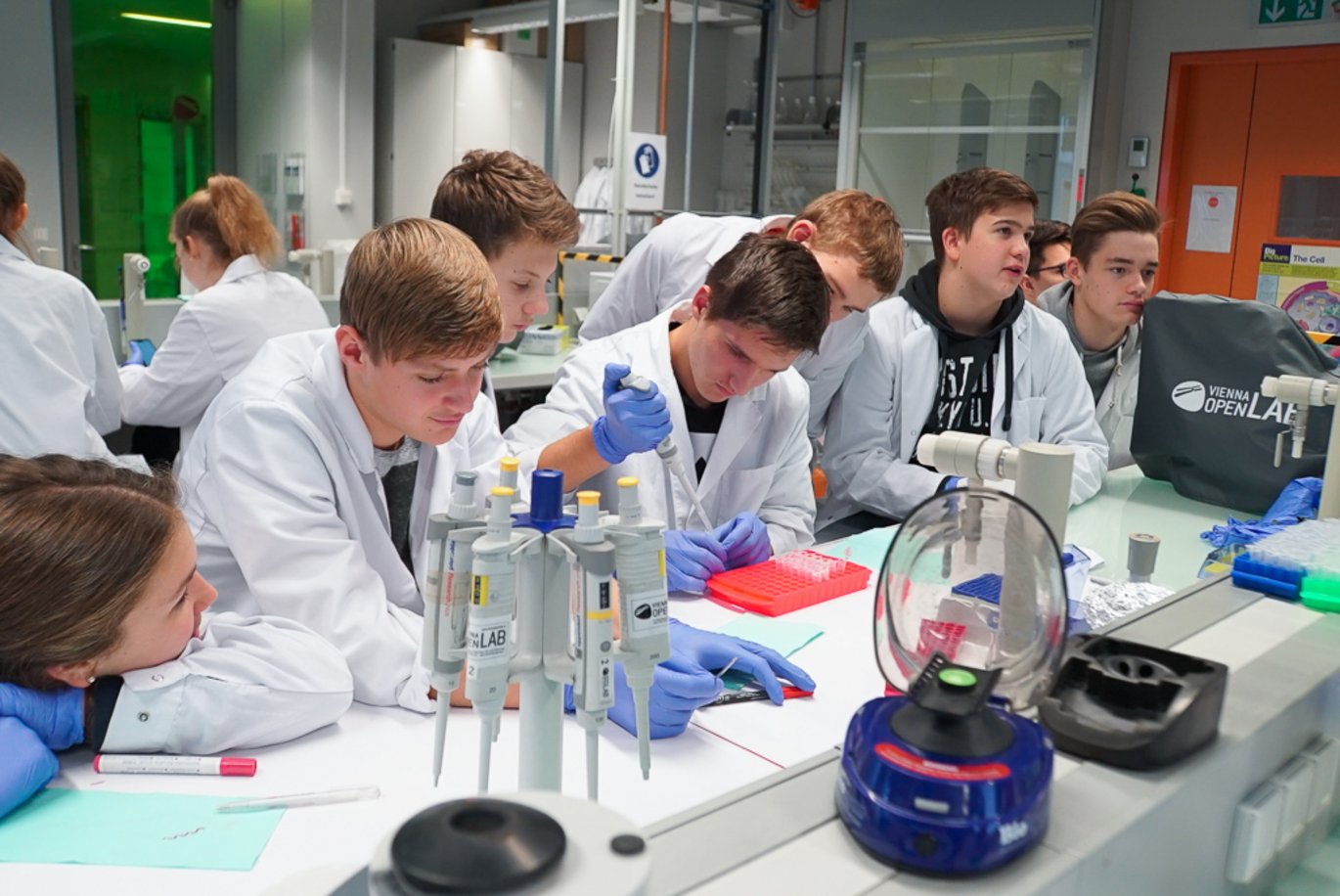The Unexploited Potential of Citizen Science
A new study highlights the significant yet underutilized role of participatory citizen science in advancing soil health. The research showcases how engaging the public not only enhances data collection but also fosters a broader commitment to sustainable soil management.

In an innovative new study published in the EJP SOIL Special Issue of the European Journal of Soil Science, researchers have spotlighted the untapped potential of participatory soil citizen science across Europe. The study, led by Dr. Taru Sandén from the Austrian Agency for Health and Food Safety and Chantal Gascuel-Odoux and Eloise Mason the French National Research Institute for Agriculture, Food, and the Environment, reviewed a range of citizen science projects focused on agricultural soils.
Soils play a crucial role in agriculture and climate mitigation but face significant threats from unsustainable management practices. Through a detailed analysis of past and current projects, Dr. Sandén’s and Dr. Gascuel-Odoux’s team evaluated twenty-four European initiatives against the ten principles of citizen science. The results published in the special EJP SOIL issue of EJSS, demonstrate that these projects not only foster public involvement but also generate vital data on soil health indicators such as biodiversity, vegetation cover, and soil organic carbon.
"Citizen science projects offer an excellent yet underutilized opportunity for enhancing soil health research," Dr. Sandén explained.
"Our analysis showed that projects aligning closely with the ten principles of citizen science are particularly effective in contributing to our understanding of soil health."
The study highlights that engaging the public is beneficial for research, enriching it with diverse insights while simultaneously improving participants' understanding of soil health issues. This can lead to more informed and sustainable environmental practices.
Looking forward, the research suggests strategic measures to integrate citizen science more deeply into mainstream soil health research. These include improving the visibility and accessibility of citizen science projects, enhancing collaborative efforts between scientists, policymakers, and the public, and ensuring the long-term engagement of participants.
"As we look to restore and preserve soil health across Europe, embracing the potential of citizen science could be key," said Dr. Sandén.
"By involving citizens more directly, we not only gather valuable data but also build a community that is informed and passionate about soil conservation."
For more information on this innovative study and to further explore the participatory approach to soil science, read the full paper in the European Journal of Soil Science here.